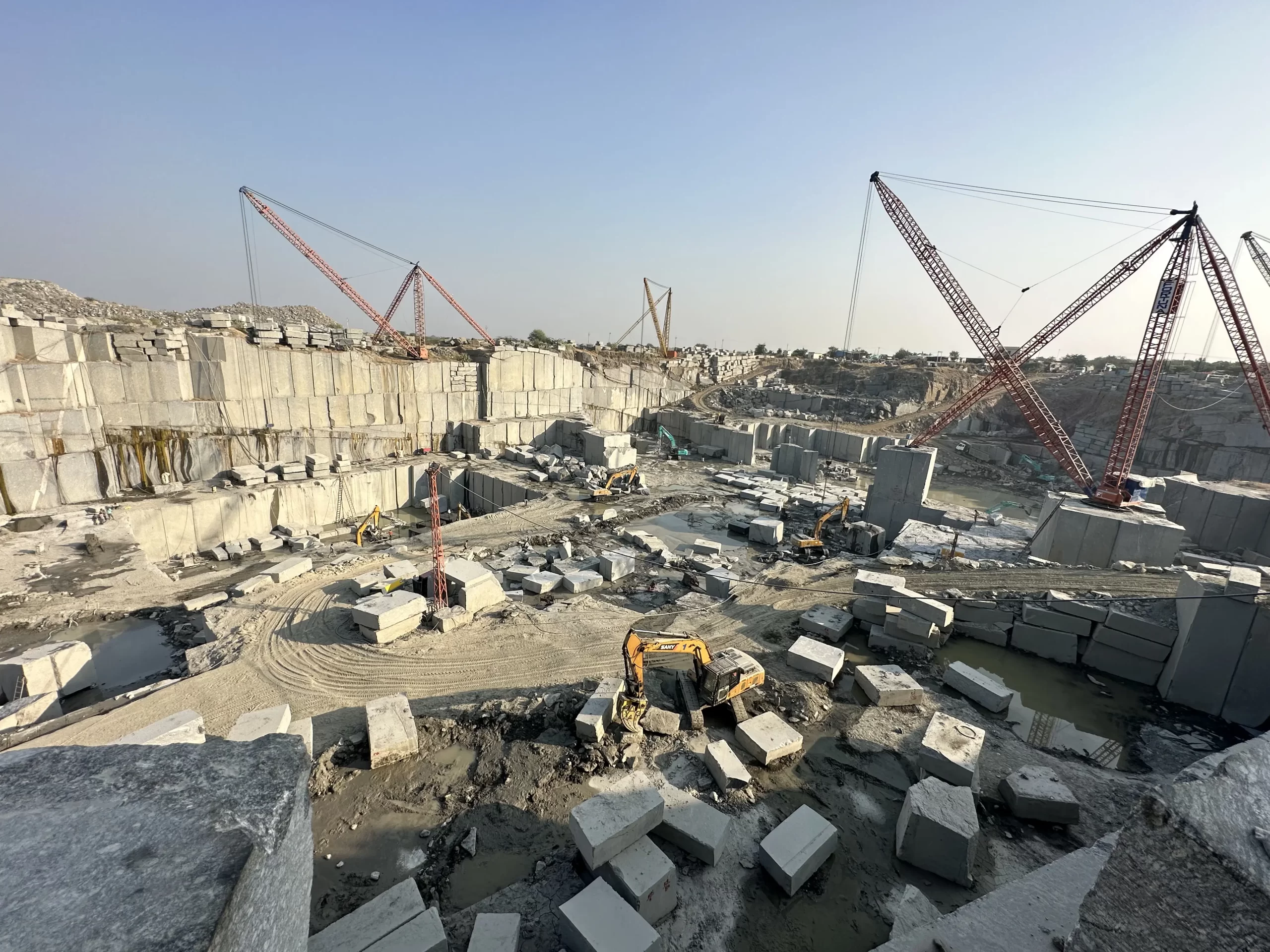Uncovering the Rich Background and Lasting Practices of Granite Quarrying
As we stand on the precipice of uncovering the complex tapestry of granite quarrying, a trip via time discloses not simply the physical act of removing stone yet additionally the cultural and historic relevance woven into the really material of this technique. From the ancient beginnings that laid the structure for contemporary quarrying strategies to the sustainable methods that are forming the future of this industry, each sculpt mark on granite surface areas narrates waiting to be uncovered (granite quarries in south africa). The legacy of granite quarrying stretches much past mere extraction; it is a testimony to human resourcefulness, resilience, and the enduring attraction of this stunning rock
Old Beginnings of Granite Quarrying
Dating back to ancient people, the technique of quarrying granite has been an essential component of human background and building advancement. The earliest evidence of granite quarrying go back to ancient Egypt, where large pyramids and detailed sculptures were crafted from this durable stone. The Egyptians utilized primitive tools to draw out granite blocks from quarries, showcasing the value of this product in their huge constructions.
Progressing in history, the Greeks also made considerable payments to the quarrying of granite. The Greeks utilized granite in numerous building wonders, such as holy places and sculptures, showing their skill in shaping and carving this sturdy stone. The Romans even more fine-tuned the methods of quarrying granite, utilizing advanced tools like chisels and hammers to remove and form granite for their legendary frameworks.
With the centuries, the method of quarrying granite has evolved, with modern innovations boosting effectiveness while preserving the ageless charm of this natural rock - granite quarries in south africa. From old people to contemporary builders, the heritage of granite quarrying proceeds to shape our world
Advancement of Quarrying Methods
The advancement of quarrying strategies has been noted by a continuous progression in the direction of greater effectiveness and accuracy in extracting granite. Early quarrying methods entailed manual labor with fundamental devices such as chisels, hammers, and wedges to draw out granite blocks from the planet.
In more recent times, the development of equipment revolutionized the quarrying market, making it possible for much faster extraction rates and boosted performance. Technologies such as ruby wire saws, high-pressure water jets, and pneumatic drills have ended up being standard in modern quarries, permitting exact cutting and lowered waste. Furthermore, developments in computer-controlled devices and 3D modeling have actually maximized quarrying procedures, bring about marginal ecological influence and improved sustainability practices. As the need for granite remains to increase, the development of quarrying methods stays essential to meeting industry requires effectively and sustainably.
Cultural Significance of Granite
Granite holds an extensive social importance throughout different people due to its enduring existence in architectural masterpieces and respected monuments. The cultural significance of granite expands past its physical qualities; it embodies strength, security, and timelessness, making it a symbol of sustaining heritages and traditions.

Lasting Practices in Quarrying
Amidst the abundant background of granite quarrying and its cultural importance exists a growing focus on lasting methods within the market. As environmental recognition and worries concerning resource deficiency have enhanced globally, the quarrying industry has significantly accepted sustainable techniques to lessen its impact on the environment and bordering areas.

Moreover, improvement and rehab of quarry websites post-extraction are integral to lasting practices. By bring back quarried areas to an all-natural or valuable state, such as creating wildlife habitats or recreational spaces, quarriers can balance out the environmental footprint of their operations and contribute positively to the local ecosystem.
Legacy of Granite Quarrying
With a historic backdrop steeped in workmanship and industrial progression, what enduring impact has granite quarrying left on the landscape of modern-day culture? The legacy of granite quarrying goes beyond mere removal practices; it has shaped architectural marvels, metropolitan landscapes, and cultural heritage worldwide. The durable nature of granite has actually made it a favored option for monuments, structures, and framework, standing as a testimony to the skill and artistry of quarry employees throughout generations.
Additionally, the economic footprint of granite quarrying can not be forgotten. The market remains to offer more information employment possibility and drive regional economic climates in regions where granite removal is common. It has additionally spurred technological innovations in quarrying methods and equipment, bring about a lot more efficient and lasting methods.
In regards to sustainability, the legacy of granite quarrying consists of initiatives to reduce ecological impacts with recovery you can look here projects and accountable source monitoring. By balancing financial passions with environmental stewardship, the market makes every effort to ensure that future generations can continue to take advantage of this long-lasting all-natural resource.
Final Thought
